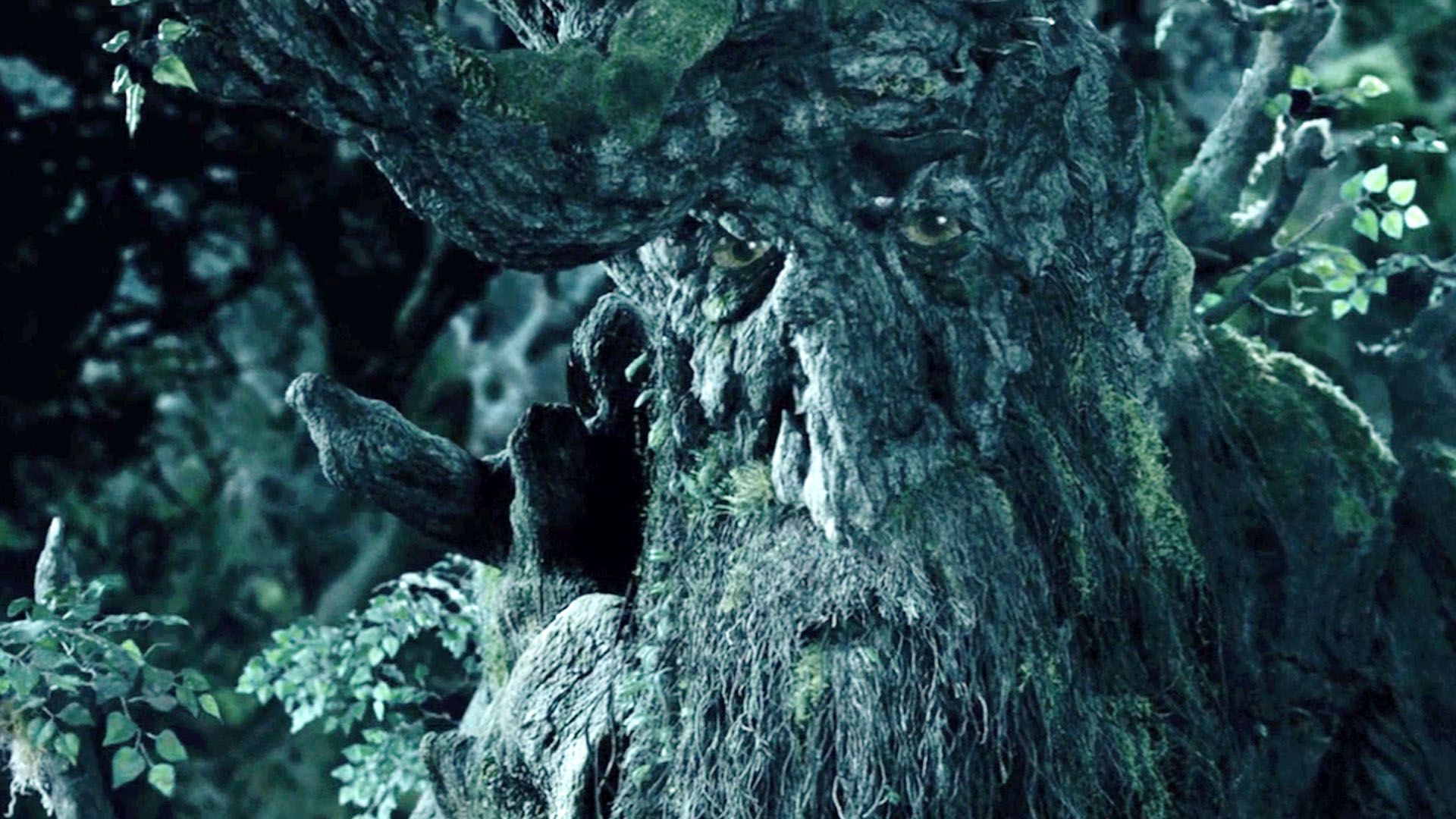The Lord of the Rings books by J.R.R. Tolkien, written through 1954-1955 are a continuous tale set within Middle Earth. Sporting a film series of the same name by Peter Jackson from 2001-2003, the series has become a classic to an incredibly diverse fan base. Both on the screen and on the page, medievalism can be seen all throughout this influential tale of fantasy.
The King and the Sword
One of the main characters through the series is Aragorn, son of Arathorn. Alongside his fellow characters on a quest to stop the destruction of a dark lord, he is shown to be more than he says he is. In medievalism, some characters are seen to be connected to royalty through their deeds, stature, and strength. Aragorn is shown to be a respectful companion, a faithful lover, and the lost king of the kingdom of Gondor. In the first set of the series, The Fellowship of the Ring, he is recognized as king by his companion Boromir in his final moments, and Aragorn swears to protect their people and not see Gondor fall. In the final set of the series, The Return of the King, when all hope is seemingly lost in fighting to protect his people, Aragorn is given a reforged sword meant to symbolize his status as the lost king, much like King Arthur, and does not become crowned until the final fight for Middle Earth has been won.
Aragorn proving his lineage with his sword to the Oathbreakers.
Otherworldly Settings
Set on a quest to destroy the one ring, the fellowship travels all across Middle Earth in their efforts. However, one of their visits mirrors the experience of entering otherworlds in medieval literature. Entering an elven forest, the characters are blindfolded and guided into the land of Lothlorien. Much like in medieval literature, the characters are unaware of how precisely they enter this location, though they are guided while blind. Another example is when the two hobbits Merry and Pippin are captured and escape into Fangorn forest. In there, the forest is described as dark, dense, and uneasy. To their luck, they meet a talking tree-like creature called Treebeard. In the medieval poem, The Dream of the Rood, the narrator of the poem is a tree, though in this case Treebeard is a mythical creature called an Ent who does indeed recite a poem to the hobbits about the history of the Ents.
Treebeard holding up Merry and Pippin, curious as to what they are.
Fantastical Beings
Gwaihir the Windlord: While not referenced by name in the films, Gwaihir is the ruler of the giant talking eagles in Middle Earth. In the book series, Gwaihir speaks with the character Gandalf, though this only ever happens when the two characters are absent from the main plot. It is an occurrence in medieval literature for some animals to be able to speak, or have other abnormal properties. There is also a tie into the trope of animals helping people on quests, as Gwaihir flies Gandalf to various locations, and helps in the final war of the last book.
Gwaihir and Gandalf coming to save Frodo and Sam at the end of the last film.
Shelob: One of the villains met on the final stretch of their journey, she is a giant carnivorous spider. Successfully driven off by the character Samwise, she is fearful of light and retreats back to Torech Ungol (evlish for The Spider's Den). In medieval texts, some giant animals did make appearances, or giants themselves. At the same time, many of these monsters can only be harmed by magical weapons like Grendel and his Mother in Beowulf, and Shelob was harmed by the magical sword Sting.
Work Cited
Robin, Susan. "Old English, Old Norse, Gothic: Sources of Inspiration and Creativity for J.R.R. Tolkien's The Hobbit and Lord of the Rings." Math & the Word / Zmogus Ir Zodis, vol. 17, no. 3, Sept. 2015, pp 66-76. Humanities Source https://doi.org/10.15823/zz.2015.12.






10/10, great topic choice. It's never occurred to me that Pippin and Merry's experience in Fangorn Forest is sort of Otherworld-y, and I love that connection.
ReplyDeleteAs a huge Lord of the Rings fan I think this was a fantastic option. I love the connection between the spider and Beowulf monsters. I too never thought of the journey through Fangorn forest as an otherworldly journey or experience. Excellent work!
ReplyDelete